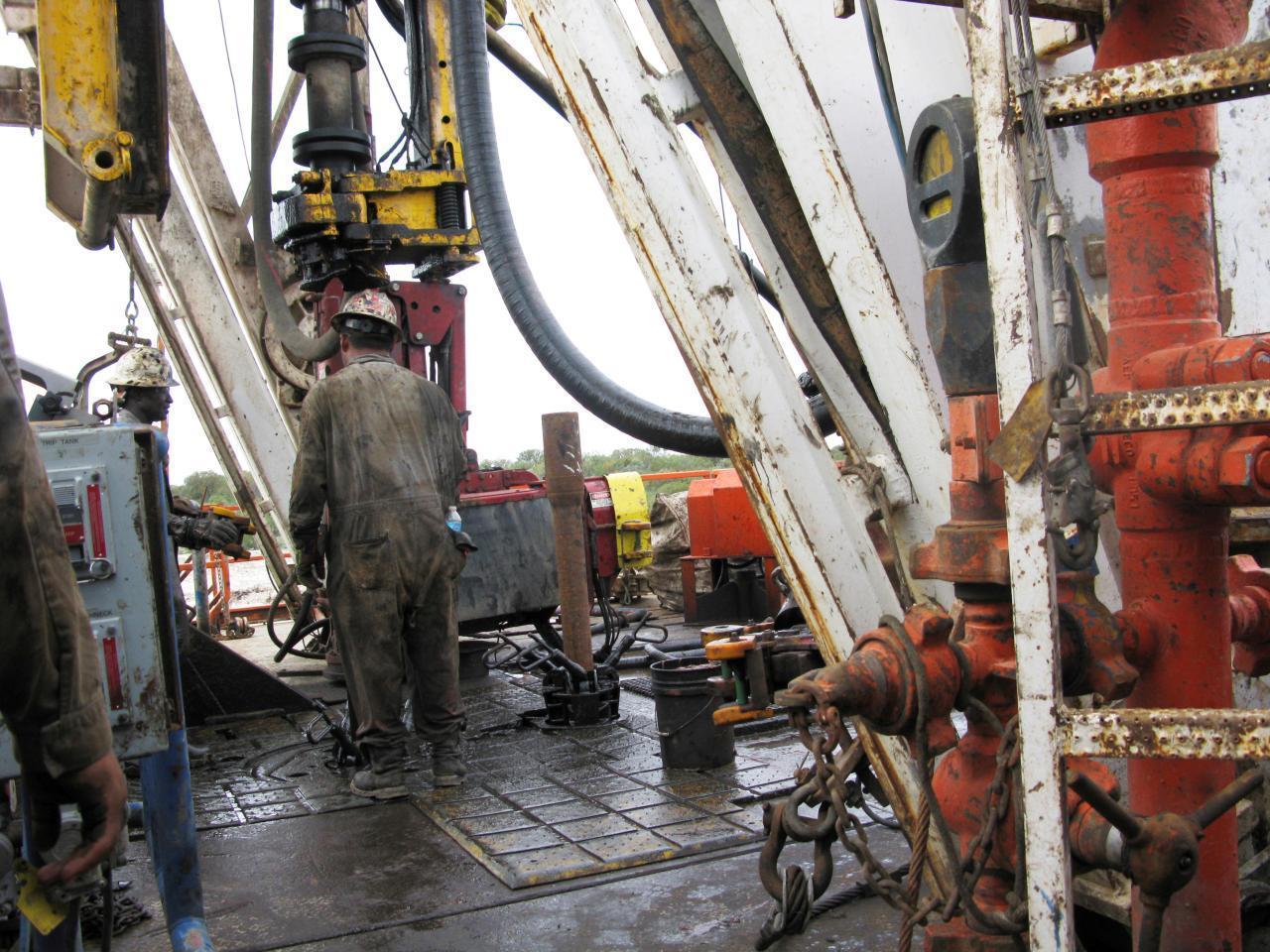Texas shale challenges North Sea crude

Surging shale oil production in Texas and North Dakota is being felt on trading desks in Chicago, Houston and New York, where a brisk business in West Texas Intermediate crude futures is far outpacing contracts for London-based Brent crude.
As the United States approaches a record 10.04 million barrels of daily production, trading volumes of so-called “WTI” futures exceeded volumes of Brent crude in 2017 by the largest margin in at least seven years.
A decade ago, falling domestic production and a U.S. ban on exports meant that WTI served mostly as a proxy for U.S. inventory levels.
“There was a time when the U.S. was disconnected from the global market,” said Greg Sharenow, portfolio manager at PIMCO, who co-manages more than $15 billion in commodity assets.
Two changes drove the resurgence of the U.S. benchmark. One was the boom in shale production, which spawned a multitude of small producers that sought to hedge profits by trading futures contracts. Then two years ago, the United States ended its 40-year ban on crude exports, making WTI more useful to global traders and shippers.
U.S. exports averaged 1.1 million barrels a day through November 2017, rising to an average 1.6 million bpd in the final three months. That compares to just 590,000 bpd in 2016.
As U.S. production and exports grow, global firms that increasingly buy U.S. oil are offsetting their exposure by trading in U.S. financial markets. That also gives U.S. shale producers more opportunity to lock in profits on their own production.
The U.S. boom has reignited a competition over oil trading that began in the 1980s between two of the world’s biggest exchange operators - Intercontinental Exchange, and the New York Mercantile Exchange, or NYMEX, which was acquired by Chicago-based CME Group in 2008.
















